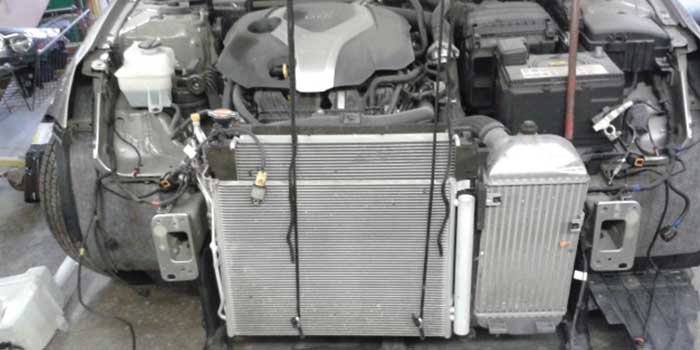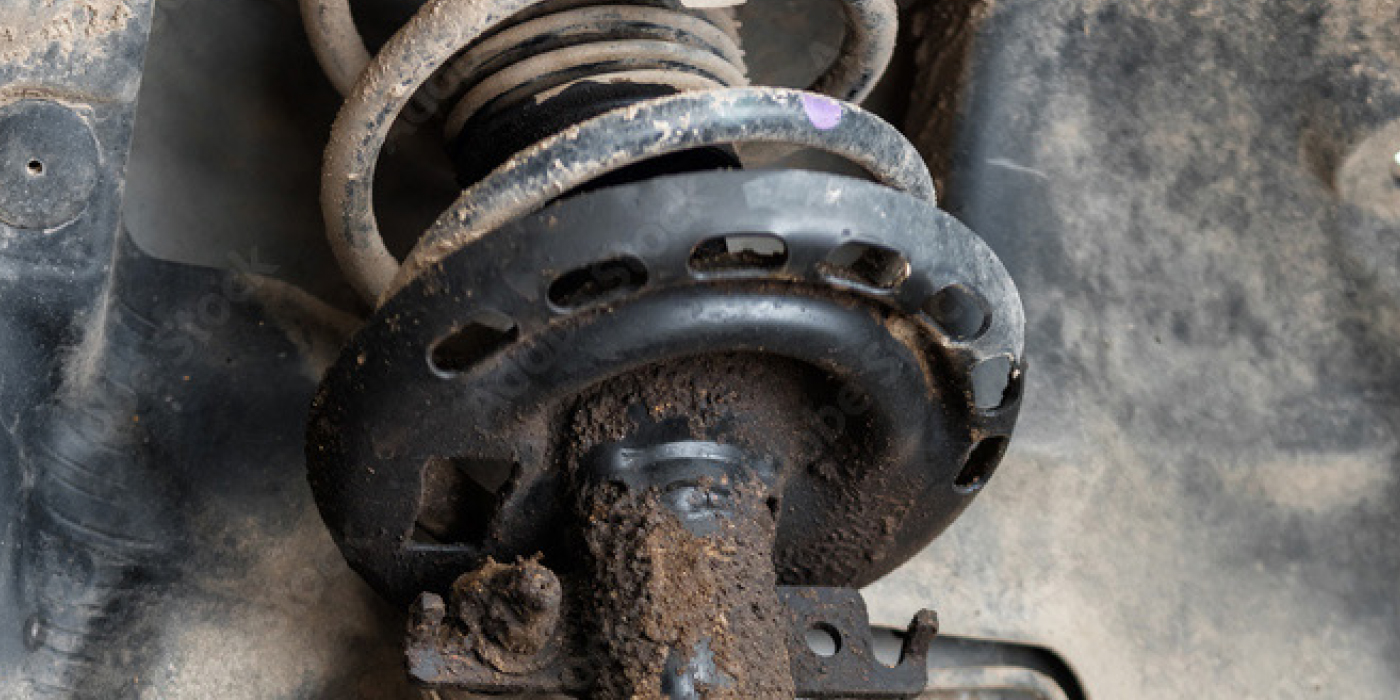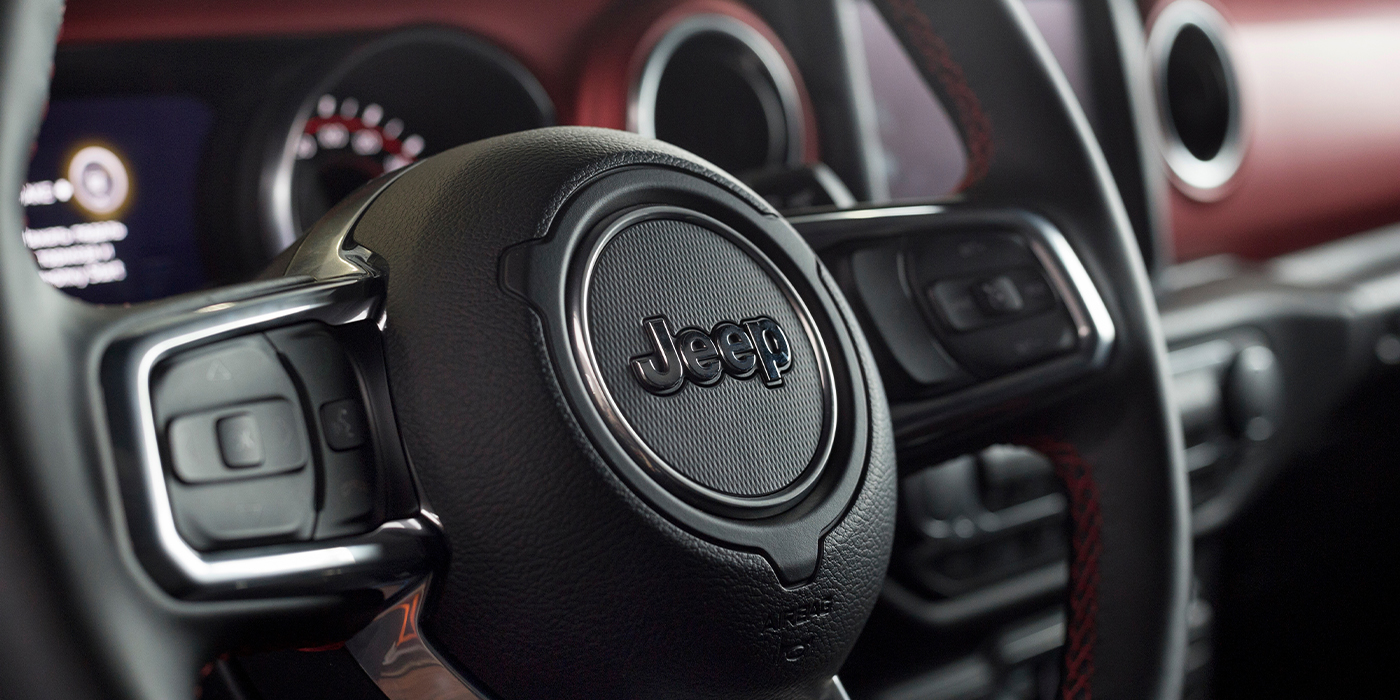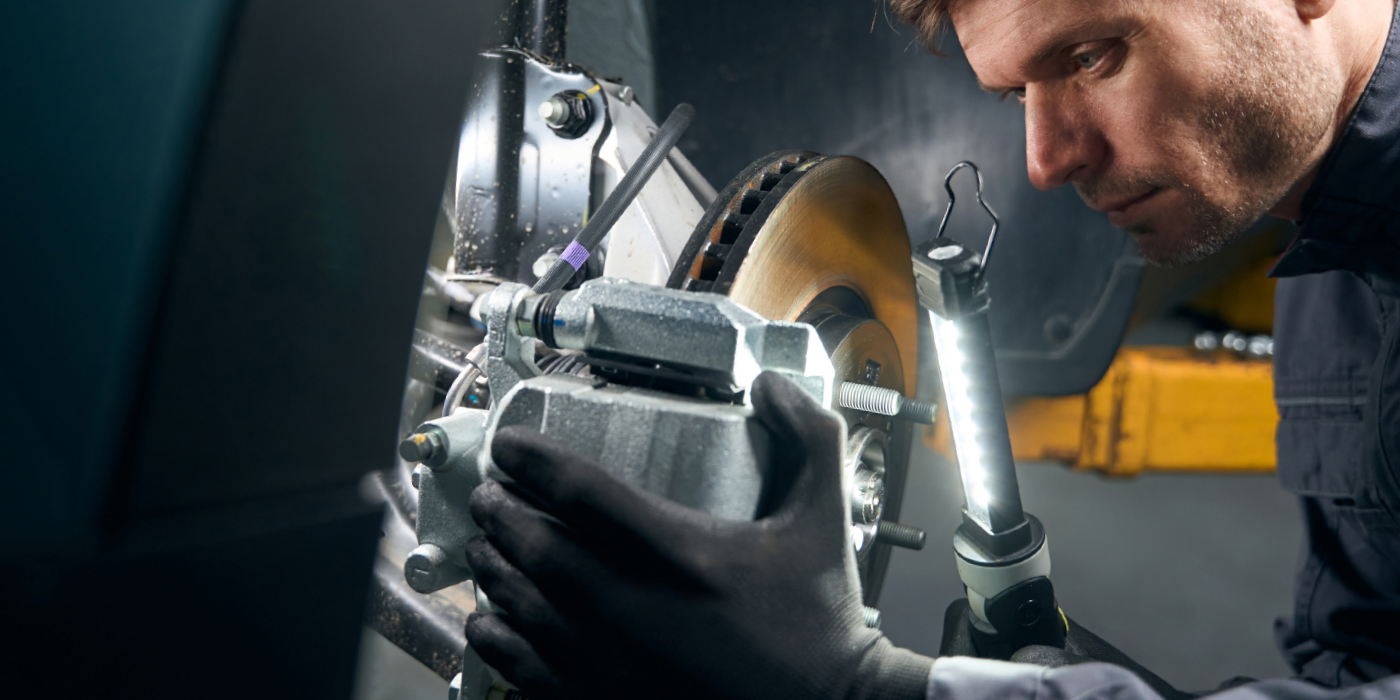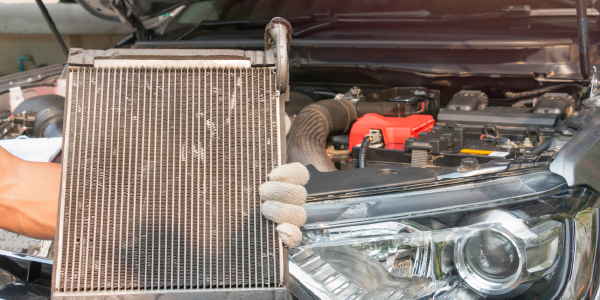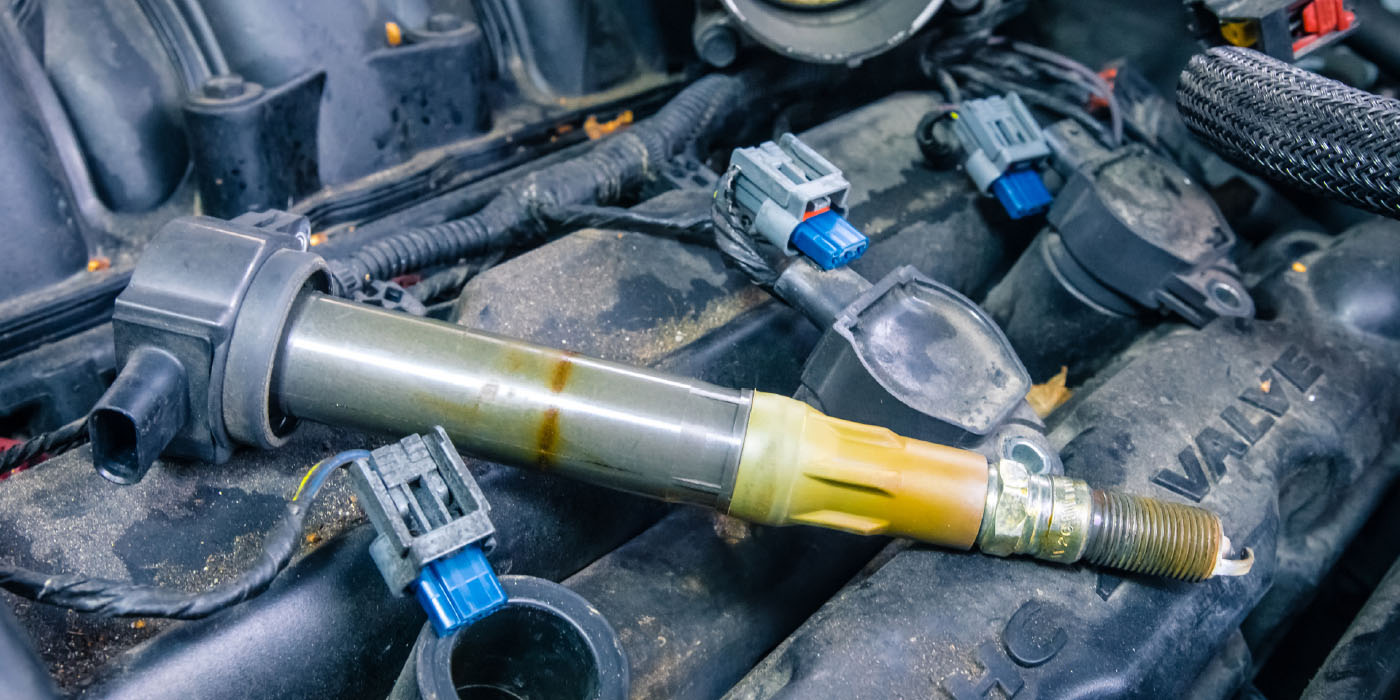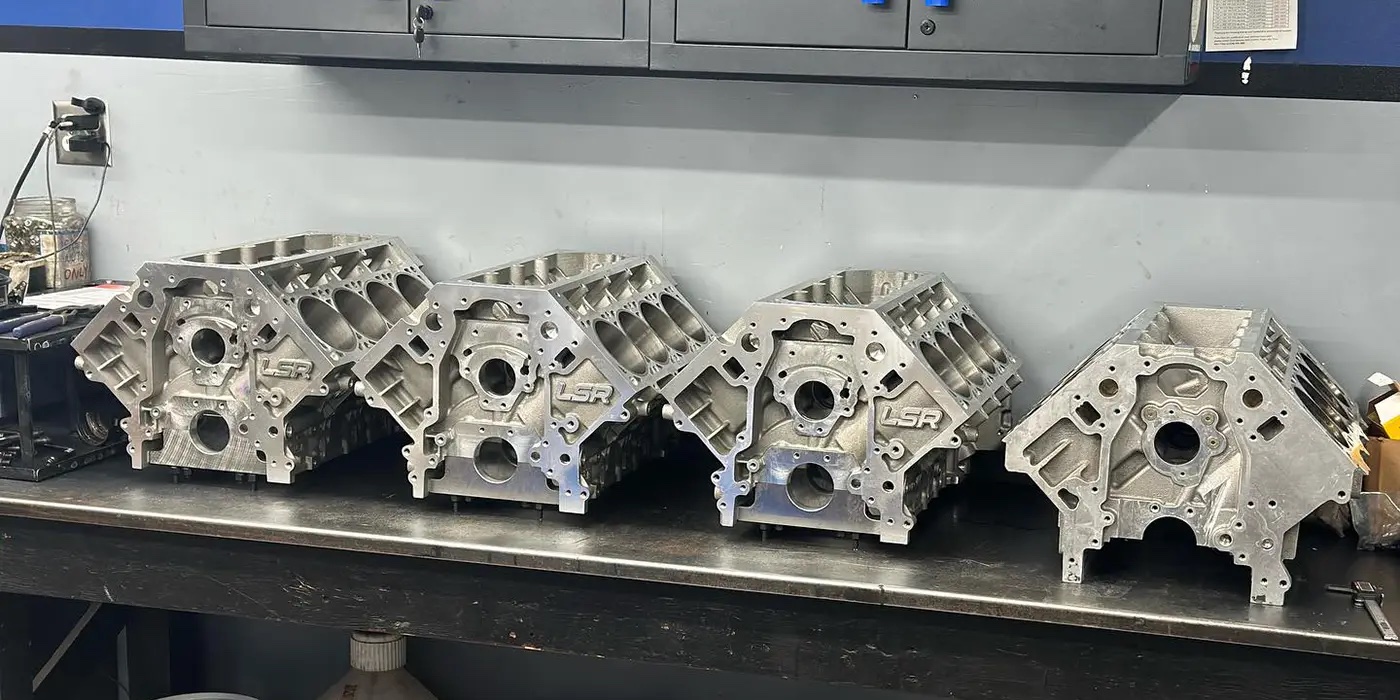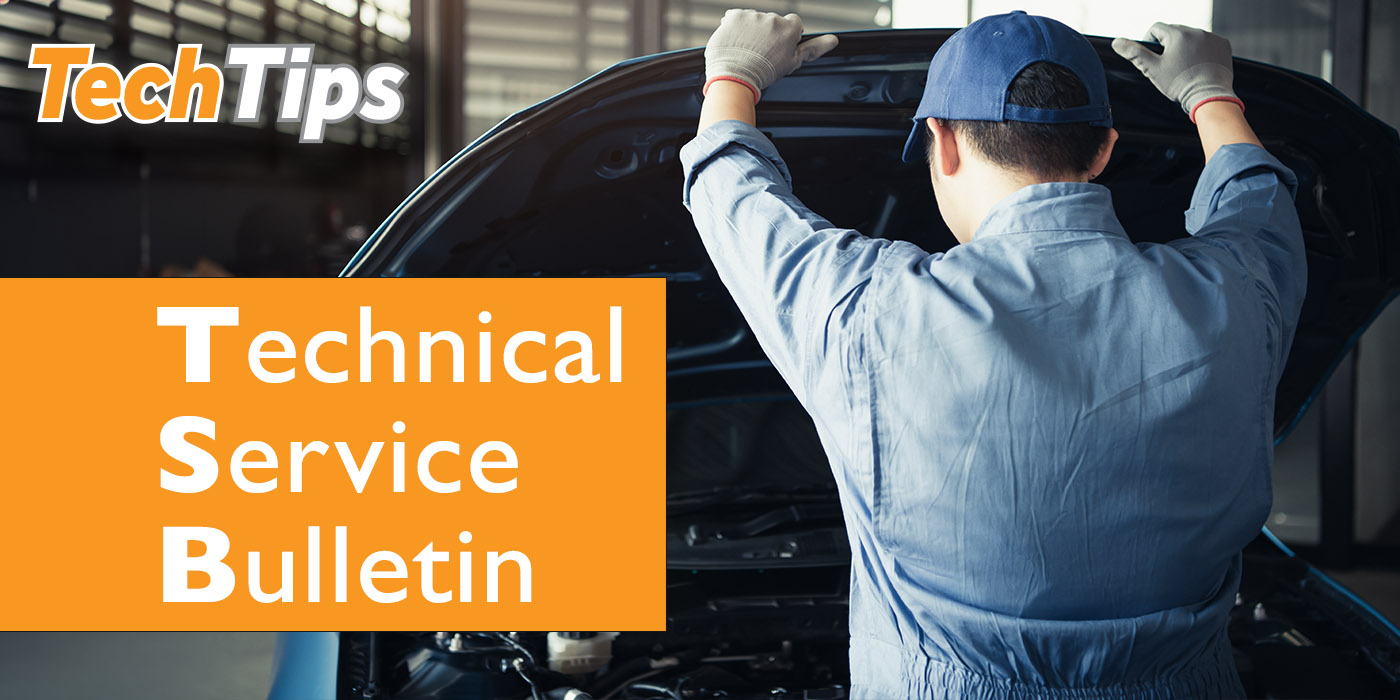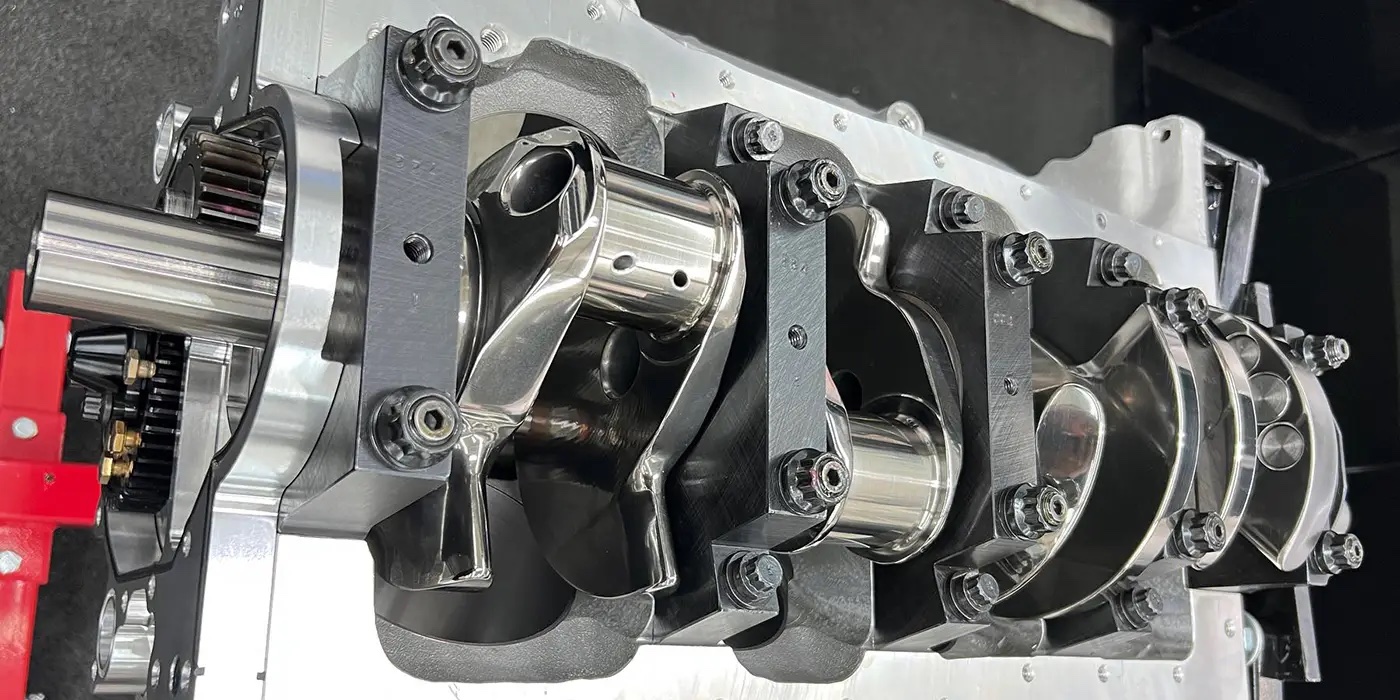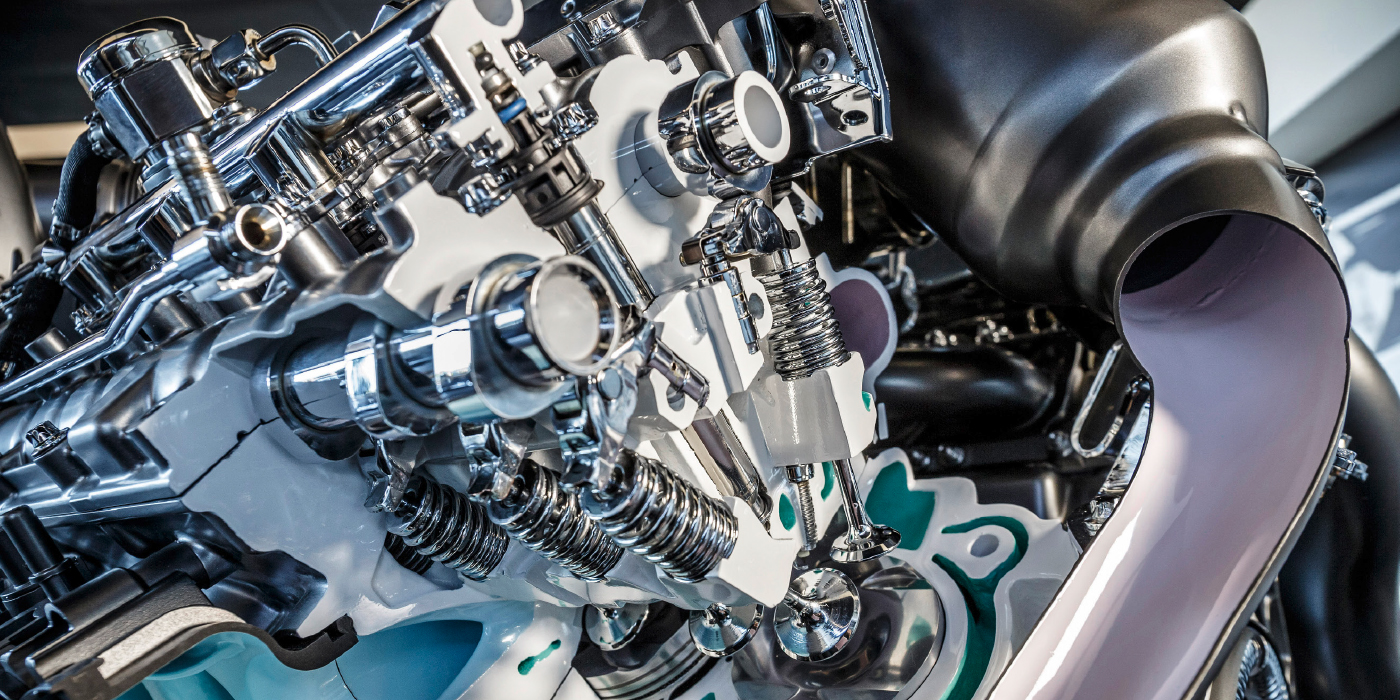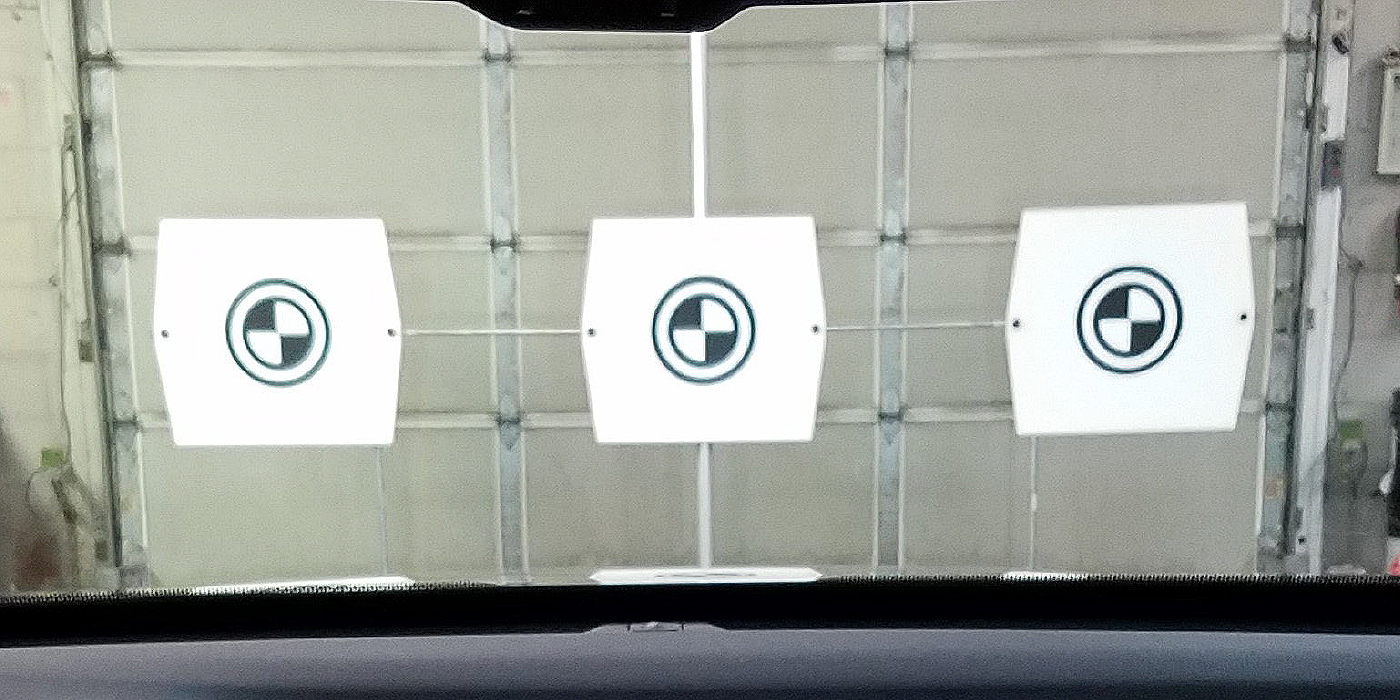Adapted from Joe Palumbo’s article in BodyShop Business.
This month, I would like to talk about some innovative ways I’ve discovered to save time.
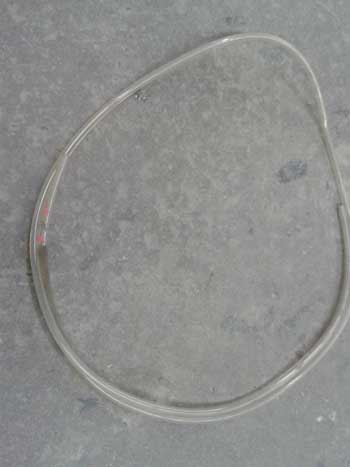
A Big Drain
Throughout my years in this industry, I’ve purchased or fabricated some tools and perfected some techniques that have made my job easier and my cycle times shorter.
“Do tell us Joe Palumbo,” you say, “because we would like to decrease our cycle time as well.”
Back in the ’70s, all radiators had petcocks. Simple. The technician would open the petcock and drain the antifreeze into a drain pan. Now, some vehicles have eliminated the petcock. If you’re replacing the radiator, no problem. Drill a hole in the lower part of the radiator and let the antifreeze drain. But what if you’re not replacing the radiator? That presents a different problem. I have to give credit to our service department for this trick.
We take a length of scrap windshield washer hose – clear works best – and make a small hole in the end (Photo 1). You will need about a 6’ to 8’ length so you can reach the very bottom of the radiator. Feed the hose end without the hole as far as you can into the radiator. Then, use a pencil blower and blow down through the hole you made in the hose end. That will start the suction process, and the antifreeze will begin to drain into your pan. If you start this before you go home for the evening, you will arrive in the morning to a dry radiator. That, my friends, is called working efficiently and thus decreasing your shop’s cycle time.
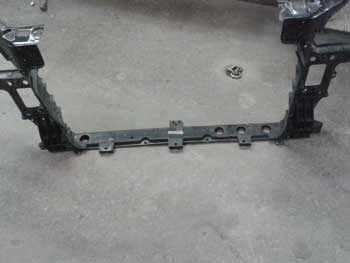
At the Core
How about those composite core supports (Photo 2)? If a tab breaks or a mount breaks, you’re replacing the entire assembly. The two holes in the bottom of the support are where the radiator sits inside rubber grommets. Maybe the cooling system and condenser have not been damaged and all that’s necessary is to replace the core support. Does the technician have to drain the coolant, disconnect the radiator hoses and transmission lines, and evacuate the air conditioning system? What if I told you that’s not necessary?
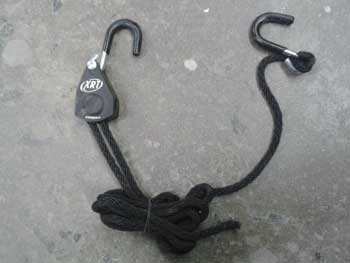
Photo 3 shows a handy little device called a rope ratchet. Outdoorsmen use them to tie down canoes or kayaks to their luggage racks. We can use them to suspend our cooling system components while the core support gets switched out.
First, put an additional prop on the hood to support the extra weight. You can use vise grips on the shocks or a prop rod to the engine. One end of the rope ratchet will go to any hole in the hood, while the other end can attach to a transmission line or even the cooling fan shroud. A transmission line is a good place on one side, and a coolant hose neck on the other side will also work well. The important thing is to distribute the weight equally.
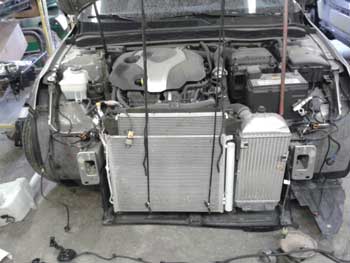
You’ll need two 3/8ths rope ratchets. Most hardware stores and online distributors carry them. Photo 4 shows how I set this up on two different vehicles. One had a composite core support, and one had a steel core support. This is a handy little trick that is also environmentally friendly as we are not dumping old coolant into the waste and replacing with fresh coolant.
Shop Layout
Let me now address shop layout. I’ve been in this industry for 38 years, and most of the shops I’ve worked for had a poor layout: a frame machine in the back, paint booth in the front and disassembly done in the technician’s stall, which could be anywhere. With that having been said, after disassembly the technician must move the vehicle to the frame rack. In order to move the vehicle, it must be somewhat mobile, or with coolant lines pinched off, transmission lines bypassed and oil cooler lines bypassed.
The radiator hoses are easy. Pinch-off pliers are sold by all tool companies and work well. The oil cooler can be bypassed with a length of rubber hose from one port to the next and the hose clamped in place. Our challenge is the transmission lines.
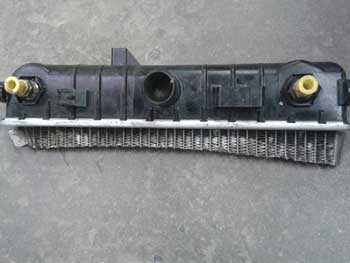
Photo 5 depicts a tool I made. It’s actually an old radiator cut down the side with an air chisel. The part that cools the transmission fluid is encased in the plastic tank on the side of the radiator. If anyone has seen a car running with a transmission line that burst, you know how quickly the fluid can be lost. When you connect this tool, you can drive without losing a drop of fluid, not to mention keep the shop floor clean. And the price is free, so I’m in! I should note that this cooler fits General Motors cars and light trucks. For foreign cars and others that utilize a system other than the clip line system found on General Motors cars, you may need to adapt. A length of rubber hose and two hose clamps may be all that’s needed.
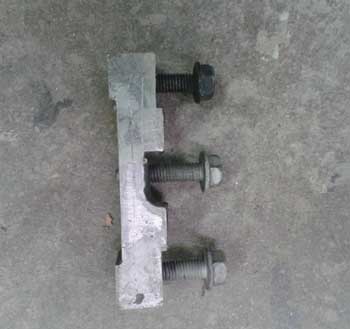
Lastly, you’ve likely opened an air conditioning system, but do you close it off during repairs to keep the desiccant from becoming contaminated? Dust, airborne overspray and oils are all prone to infect the desiccant. Photo 6 is another free tool you can make. This is nothing more than an inlet port and an outlet port from the end of a condenser. I cut it off the condenser, but now you have to close off the ends that were attached to the condenser. Panel bond works great for this purpose. Let it cure overnight and now we have yet another tool to add to our neverending supply of tricks of the trade. Again, this tool is specific to General Motors cars, but sometimes you’ll find that there are shared components, and this may work with other makes and models as well.

